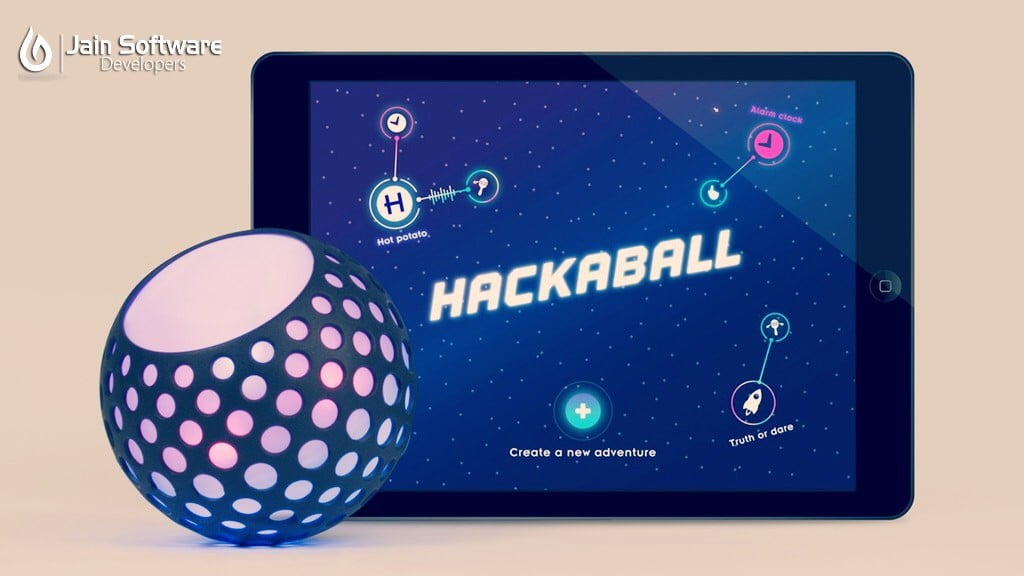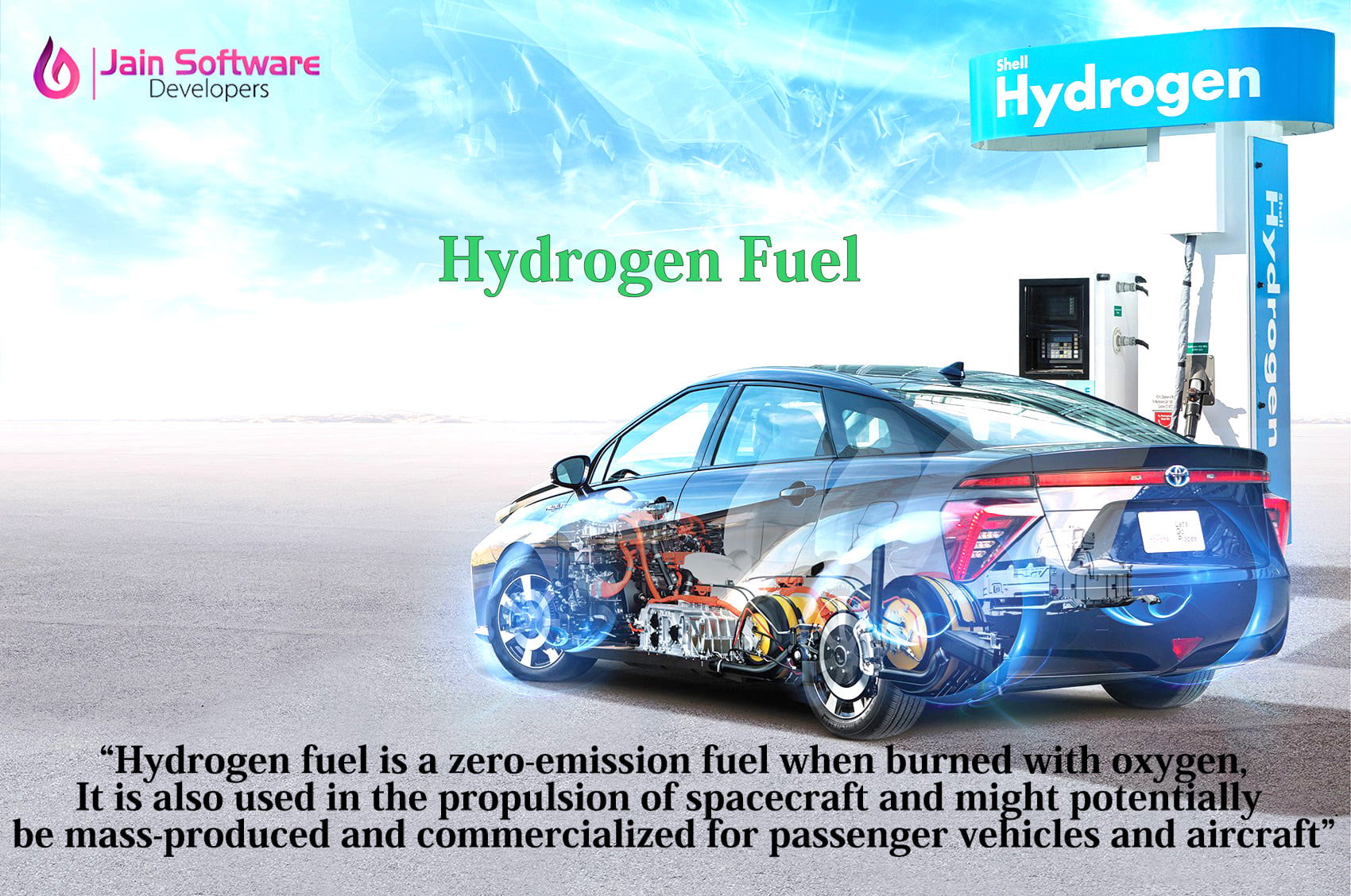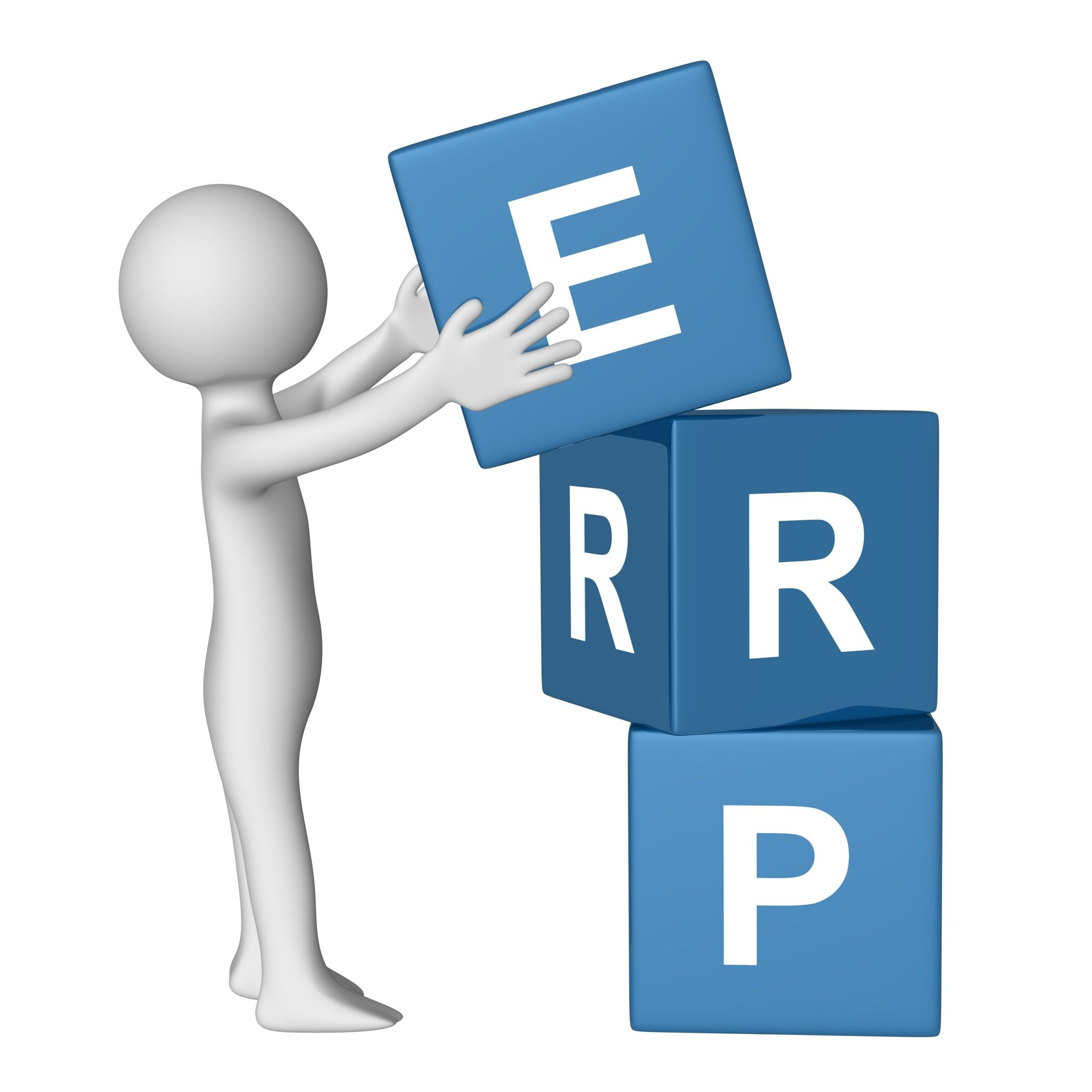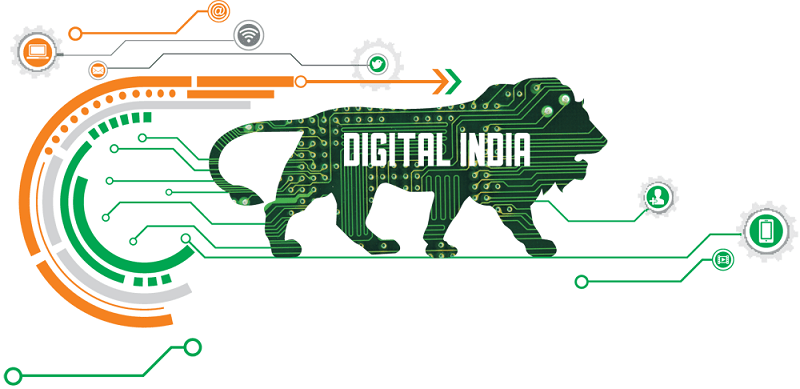In Business, Official Blog
By Author – Samata Shelare
When hit by an APT attack, many companies implement smart cards and/or other two-factor authentication mechanisms as a reactionary measure. But thinking that these solutions will prevent credential theft is a big mistake. Attackers can bypass these protection mechanisms with clever techniques.
Nowadays, adversaries in the form of self-spreading malware or APT campaigns utilize Pass-the-Hash, a technique that allows them to escalate privileges in the domain. When Pass-the-Hash is not handy, they will use other techniques such as Pass-the-Ticket or Kerberoasting.
What makes smart cards so special?
A smart card is a piece of specialized cryptographic hardware that contains its own CPU, memory, and operating system. Smart cards are especially good at protecting cryptographic secrets, like private keys and digital certificates.
Smart cards may look like credit cards without the stripe, but they’re far more secure. They store their secrets until the right interfacing software accesses them in a predetermined manner, and the correct second factor PIN is provided. Smart cards often hold users’ personal digital certificates, which prove a user’s identity to an authentication requestor. Even better, smart cards rarely hand over the user’s private key. Instead, they provide the requesting authenticator “proof” that they have the correct private key.
After a company is subjected to a pass-the-hash attack, it often responds by jettisoning weak or easy password hashes. On many occasions, smart cards are the recommended solution, and everyone jumps on board. Because digital certificates aren’t hashes, most people think they’ve found the answer.
In this experiment, we will perform the four most common credential theft attacks on a domain-connected PC with both smart card and 2FA enabled.
- Clear text password theft
- Pass the hash attack
- Pass the ticket attack
- Process token manipulation attack
- Pass the Smart Card Hash
- A smart card is a piece of specialized cryptographic hardware that contains its CPU, memory, and operating system.
When authenticating a user with a smart card and PIN (Personal Identification Number) code in an Active Directory network (which is 90% of all networks), the Domain Controller returns an NTLM hash. The hash is calculated based on a randomly selected string. Presenting this hash to the DC identifies you as that user.
This hash can be reused and replayed without the need for the smart card. It is stored in the LSASS process inside the endpoint memory, and its easily readable by an adversary who has managed to compromise the endpoint using tools like Mimikatz, WCE, or even just dumping the memory of the LSASS process using the Task Manager. This hash exists in the memory because its crucial for single sign-on (SSO) support.
This is how smart card login works:
- The user inserts his smart card and enters his own PIN in a login window.
- The smart card subsystem authenticates the user as the owner of the smart card and retrieves the certificate from the card.
- The smart card client sends the certificate to the KDC (Kerberos Key Distribution Center) on the DC.
- The KDC verifies the Smart Card Login Certificate, retrieves the associated user of this certificate, and builds a Kerberos TGT for that user.
- The KDC returns encrypted TGT back to the client.
- The smart card decrypts the TGT and retrieves the NTLM hash from the negotiation.
- Presenting only the TGT or the NTLM hash from now on will get you authenticated.
During standard login, the NTLM hash is calculated using the users password. Because the smart card doesnt contain a password, the hash is only calculated when you set the attribute to smart card required for interactive login. GPO can force users to change their passwords periodically. This feature exposes huge persistency security risk. Once the smart card users computer is compromised, an attacker can grab the hash generated from the smart card authentication. Now he has a hash with unlimited lifetime?and worse, lifetime persistency on your domain, because the hash will never change as long as Smart Card Logon, is forced on that user.
However, Microsoft offers a solution for the smart card persistence problem: they will rotate the hashes of your smart card account every 60 days. But it is only applicable if your Domain functionality level is Windows Server 2016.
Smart cards cant protect against Pass-the-Hash and their hash ever changes.
Pass-The-2FA Hash
During authentication with some third-party 2FA, the hash is calculated from the users managed password. And because the password is managed, it is changed frequently and sometimes even immediately.
In some cases, 2FA managed to mitigate Pass-the-Hash attempts because the hash was calculated using the OTP (one-time password). Therefore, the hash wont be valid anymore, and the adversary who stole it wont be able to authenticate with it.
Other vendors like AuthLite mitigated Pass-The-Hash attempts because the cached hash of 2F sessions is manipulated by AuthLite, so stealing the hash in the memory is useless. Theres still additional verification in the DC, and the OTP must be forwarded to AuthLite before authenticating as a 2FA token.
Depending on the 2FA solution you have, you probably wont be able to Pass-the-Hash.
With their embedded microchip technology and the secure authentication they can provide, smart cards or hardware tokens have been relied upon to give physical access and the go-ahead for data transfer in a multitude of applications and transactions, in the public, corporate, and government sectors.
But, robust as they are, smart cards do have weaknesses ? and intelligent hackers have developed a variety of techniques for observing and blocking their operations, so as to gain access to credentials, information, and funds. In this article, we will take a closer look at the technology and how it is being used for Smart Card Attacks.
Smart Communications
Small information packets called Application Protocol Data Units (APDUs) are the basis of communication between a Card Accepting Device (CAD) and a smart card ? which may take the form of a standard credit card-sized unit, the SIM card for a smartphone, or a USB dongle.
Data travels between the smart card and CAD in one direction at a time, and both objects use an authentication protocol to identify each other. A random number generated by the card is sent to the CAD, which uses a shared encryption key to scramble the digits before sending the number back. The card compares this returned figure with its own encryption, and a reverse process occurs as the communication exchange continues.
Each message between the two is authenticated by a special code ? a figure based on the message content, a random number, and an encryption key. Symmetric DES (Data Encryption Standard), 3DES (triple DES) and public key RSA (Rivest-Shamir-Adleman algorithm) are the encryption methods most commonly used.
Secure, generally ? but hackers using brute force methods are capable of breaking each of these encryptions down, with enough time and sufficiently powerful hardware.
OS-Level Protection
Smart card operating systems organize their data into a three-level hierarchy. At the top, the root or Master File (MF) may hold several Dedicated Files (DFs: analogous to directories or folders) and Elementary Files (EFs: like regular files on a computer). But DFs can also hold files, and all three levels use headers which spell out their security attributes and user privileges. Applications may only move to a position on the OS if they have the relevant access rights.
Personal Identification Numbers (PINs) are associated with the Cardholder verification 1 (CHV1) and Cardholder verification 2 (CHV2) levels of access, which correspond to the user PIN allocated to a cardholder and the unblocking code needed to re-enable a compromised card.
The operating system blocks a card after an incorrect PIN is entered a certain number of times. This condition applies to both the user PIN and the unblocking code ? and while it provides a measure of security against fraud for the cardholder, it also provides malicious intruders with an opportunity for sabotage and locking a user out of their own accounts.
Host-Based Security
Systems and networks using host-based security deploy smart cards as simple carrier of information. Data on the cards may be encrypted, but the protection of it is the responsibility of the host system ? and information may be vulnerable as its being transmitted between card and computer.
Employing smart memory cards with a password mechanism that prevents unauthorized reading offers some additional protection, but passwords can still become accessible to hackers as unencrypted transmissions move between the card and the host.
Card-Based Security
Systems with the card or token-based security treat smart cards with microprocessors as independent computing devices. During interactions between cards and the host system, user identities can be authenticated and a staged protocol put in place to ensure that each card has clearance to access the system.
Access to data on the card is controlled by its own operating system, and any pre-configured permissions set by the organization issuing the card. So for hackers, the target for infiltration or sabotage becomes the smart card itself, or some breach of the issuing body which may affect the condition of cards issued in the future.
Physical Vulnerabilities
For hackers, gaining physical access to the embedded microchip on a smart card is a comparatively straightforward process.
Physical tampering is an invasive technique that begins with removing the chip from the surface of the plastic card. Its a simple enough matter of cutting away the plastic behind the chip module with a sharp knife until the epoxy resin binding it to the card becomes visible. This resin can then be dissolved with a few drops of fuming nitric acid, shaking the card in acetone until the resin and acid are washed away.
The attacker may then use an optical microscope with camera attachment to take a series of high-resolution shots of the microchip surface. Analysis of these photos can reveal the patterns of metal lines tracing the cards data and memory bus pathways. Their goal will be to identify those lines that need to be reproduced in order to gain access to the memory values controlling the specific data sets they are looking for.






